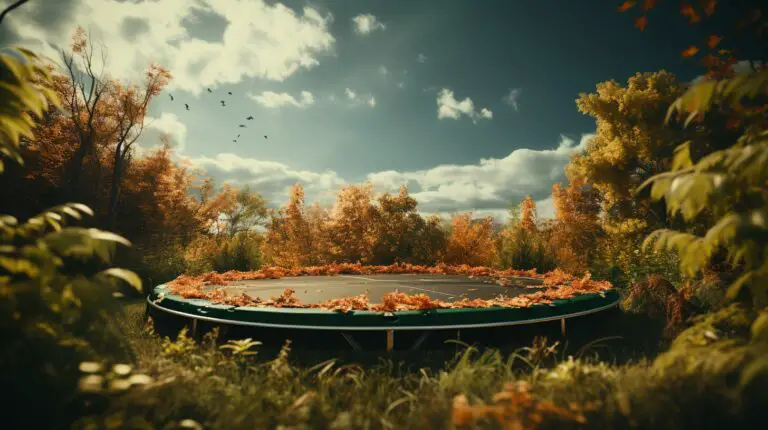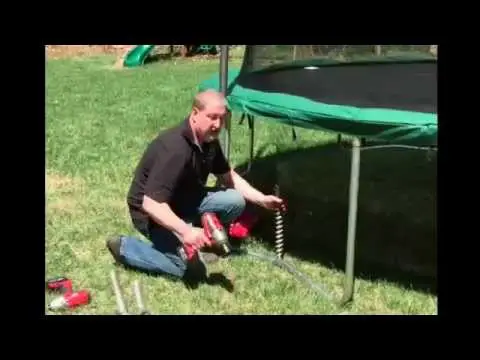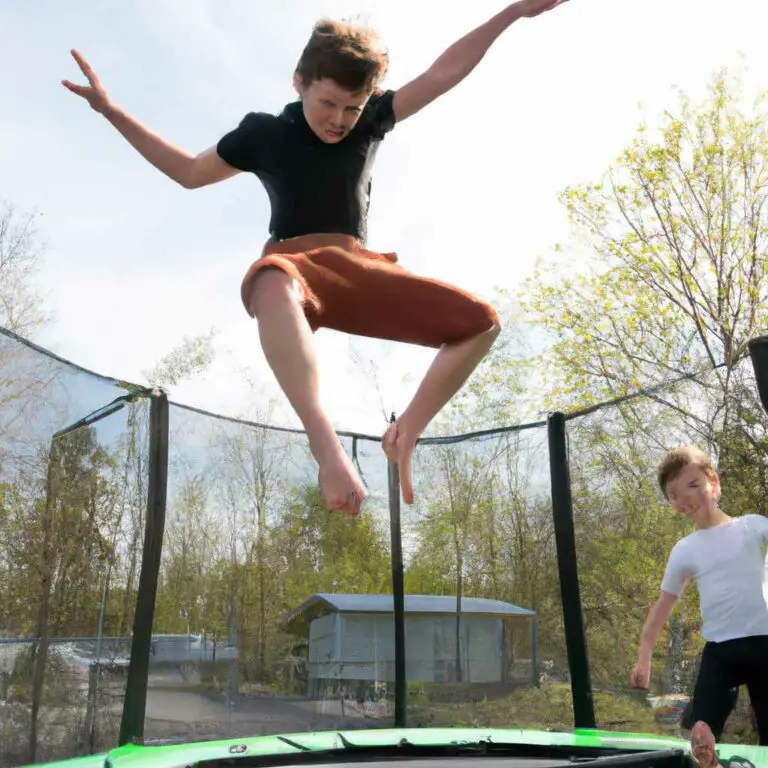Does Rebounding Count As Steps
The Science Behind Rebounding and its Effectiveness as a Cardio Workout Rebounding, also known as trampoline workouts, has gained popularity in recent years due to its low-impact nature and the various health benefits it offers. Using a mini trampoline, also known as a rebounder trampoline or fitness trampoline, allows individuals to engage in a full-body…



